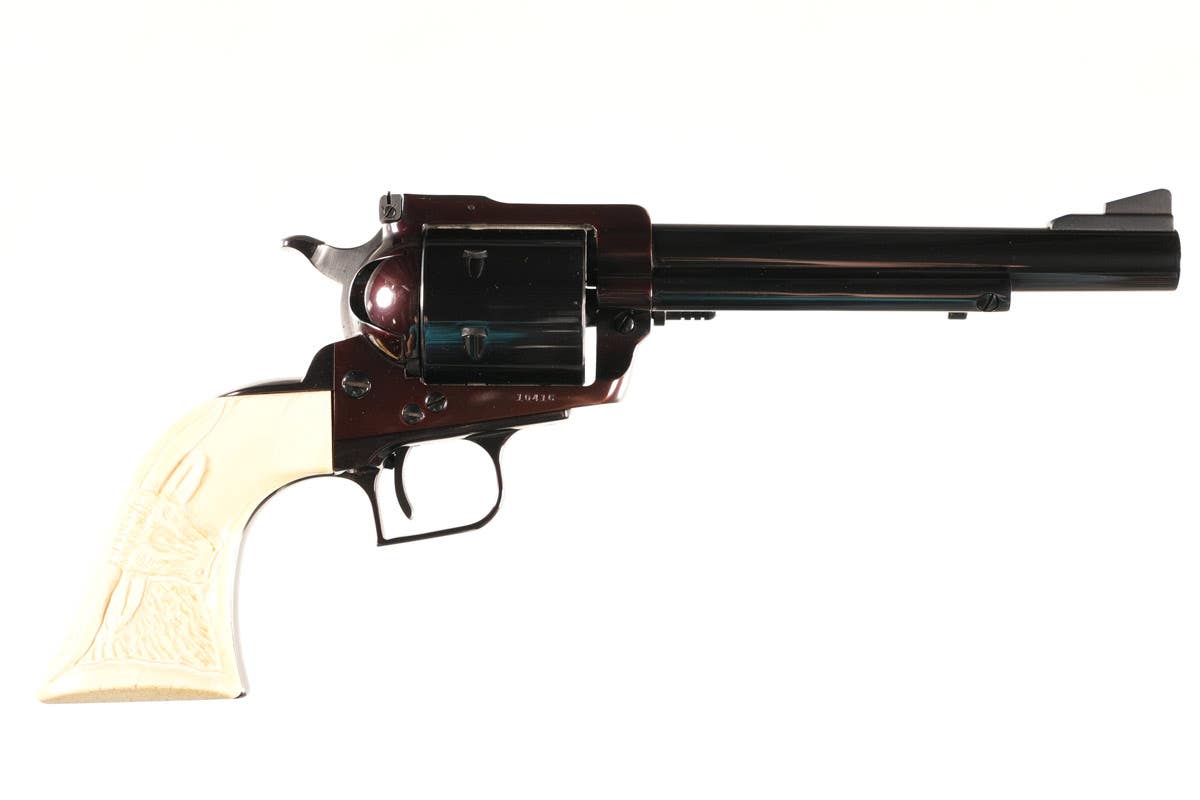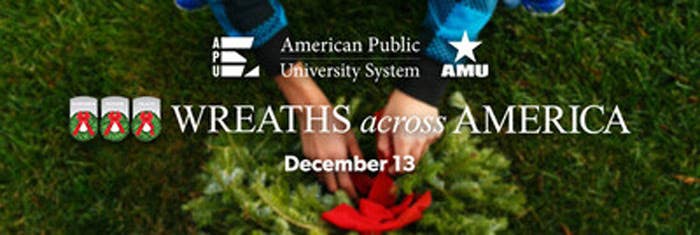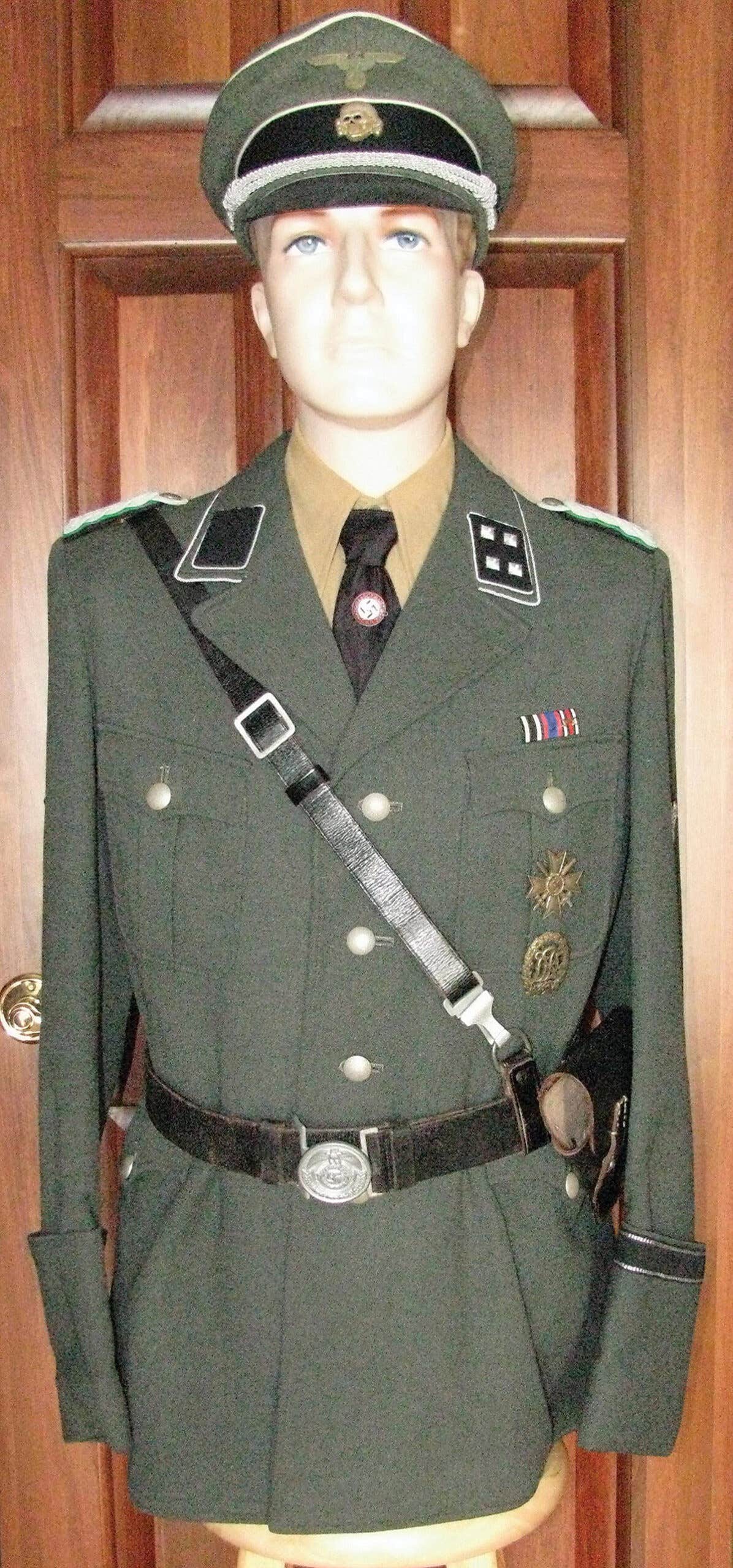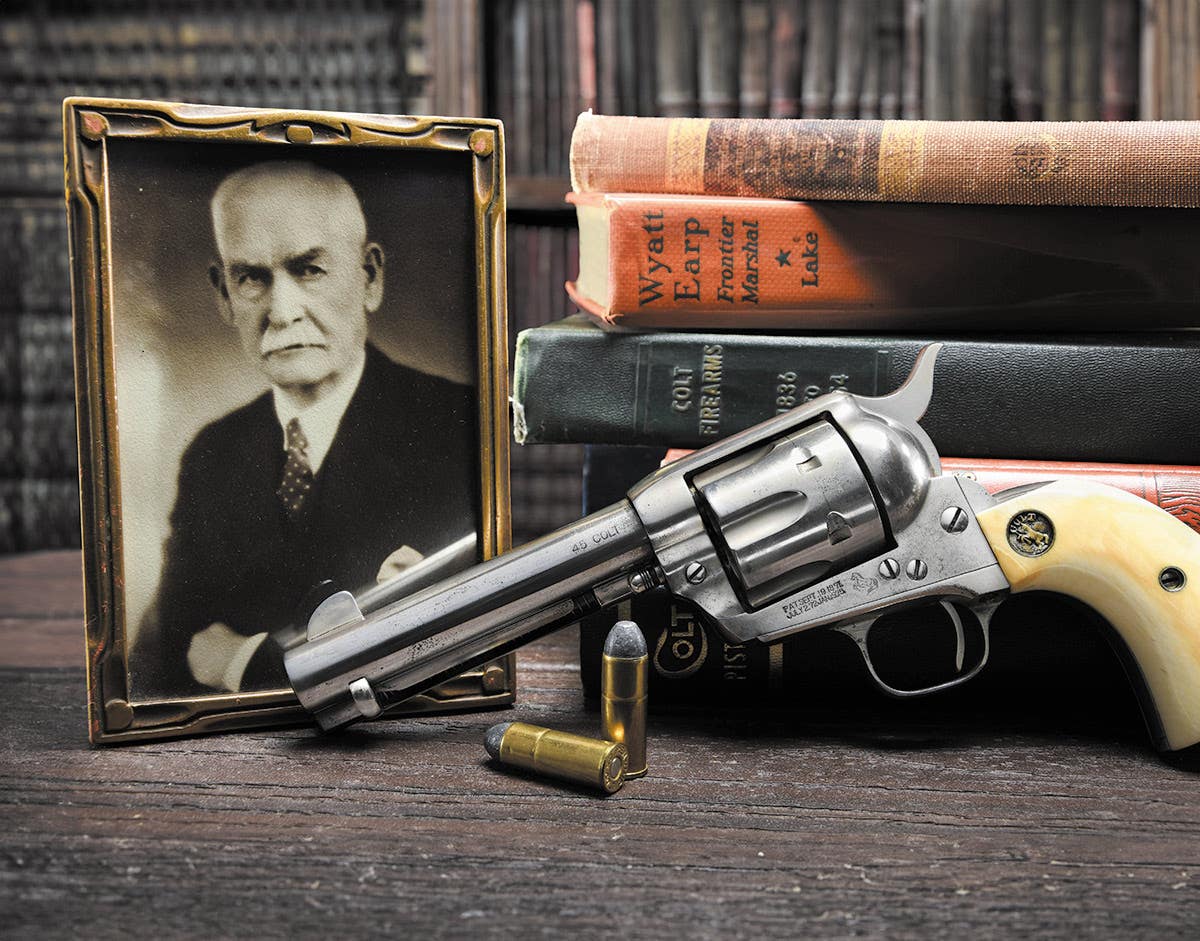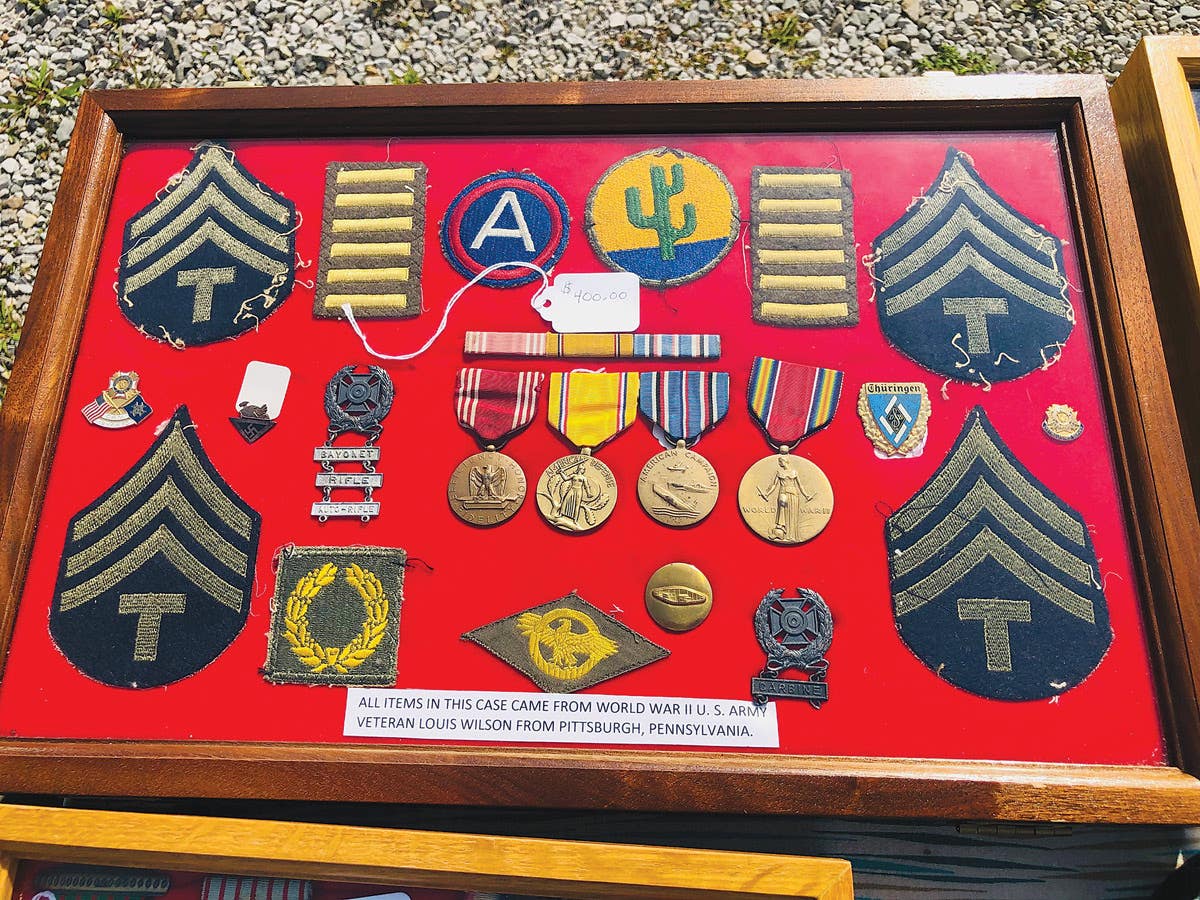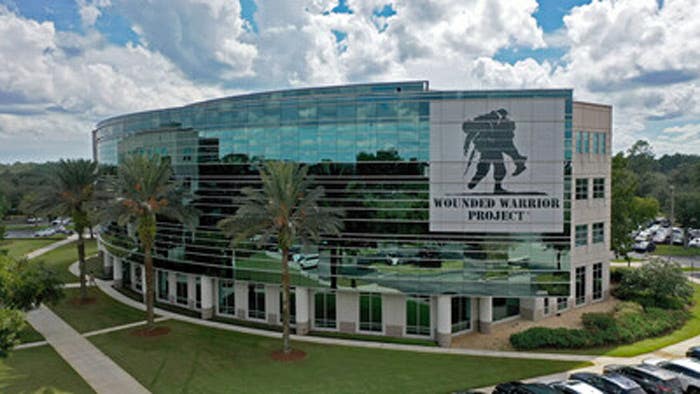Collecting military patches
Many patches can still be purchased for just a few dollars.
June 18, 2009
by Alan M. Petrillo
Insignia of the 149th Air Ambulance.
(Courtesy of American Patch Company)
For centuries, military insignia has symbolized rank, commanded respect and displayed accomplishments for proud soldiers of all nations. Today, militaria collectors also take pride in these badges, often out of respect for and remembrance of those who served and sacrificed.
Variety, scarcity and connection to historic events are some of driving factors behind valuable and collectible military patches, according to experts in the field. These experts also say many collectors are drawn to the hobby because of the relatively low entry price of general insignia—many patches can be purchased for just a few dollars.
F1-16 Fighting Falcon patch of the 282nd Tactical
Fighter Wing. (Courtesy of American Patch Company)
Nick Hatch, owner of Kilroy’s Footlocker in Doniphan, Mo., said collecting military patches “provides veteran collectors a chance to broaden their collections for a modest fee and offers those people new to militaria collecting an affordable entry into the hobby.” He said U.S. Army patches from World War II are the primary sellers at his shop, but he also does a brisk business in World War II U.S. Navy rates and marks as well as U.S. military Vietnam War-era patches.
“The World War II period has always captured the hearts of militaria collectors, frequently because of a father or other family member who was in the service then, and also because everyone came together to win that war against aggression,” Hatch pointed out. “The Vietnam War has recently become of more interest to the baby boomers because it was ‘their’ war of that generation and its significance to history is becoming more apparent as time goes on.”
Ed Hicks of Warpath Military Collectibles in Fayetteville, N.C., said he sees “the patches from elite units, and especially the smaller ones like the OSS, Rangers, Airborne and all combat aviation squadron units, as wildly popular” with collectors. “There is a common desire to associate your collecting with the best examples possible and this extends to seeking the uncommon insignia, which are the most difficult to obtain,” he added.
Bob Chatt of Vintage Productions in Huntington Beach, Calif., said military patches have been heavily collected since just before the Second World War.
“It was a major hobby for young kids to collect patches during World War II and many different businesses popped up to supply them,” Chatt said. “Or the kids would write to soldiers or commanding officers, asking for one of their patches. There is a reference to this type of collecting in a World War II issue of Life magazine.”
The popularity of collecting patches has remained strong from then until today, Chatt said. “The most desirable patches and the hottest right now are World War II aviation squadron patches, Airborne and elite unit patches, and original Vietnam-made unit patches,” he added.
Collector and online dealer John Casino of Warrington, Pa., said patches and cloth insignia are more affordable than other militaria and enable the collector to assemble a wider array of units, and are also are more easily managed and stored.
Casino, who sells mainly German shoulder boards and collar tabs which show arm and service affiliation in the same way as sleeve patches of U.S. forces, said collectors have been seeking many of the lower ranks insignias and those affiliated with the elite services, such as armor, recon and paratrooper.
“I am seeing the availability of all original militaria decreasing,” Casino said. “Patches no one wanted 10 years ago are now even in short supply. Original examples never increase, but the collectors buying them do. Many collectors are introduced into the hobby through the many cable history channels that spark interest.”
Casino said a pair of German armor enlisted man’s shoulder straps, which sold at $100 three years ago, is now priced at close to $300. Such straps, he added, even at the increased price, sell briskly.
Cyrus Galletta of West Nyack, N.Y., an avid military patch collector and dealer, said he thinks the ease of obtaining and handling cloth insignia are probably the most popular reasons for collectors to get into military patches. But, he also said he thinks there is a glut of military collector supplies that has cooled off buyer interest. “My response to that situation is to offer uniform jackets with the insignia still on them,” Galletta said. “It is a more difficult way to sell uniform patches, but the buyer gets an unquestionable original.”
Galletta said he thinks the insignia that have been attracting the most attention from collectors are those seen most in the public eye, like in the television series "Band of Brothers" by Stephen Ambrose, or in the movie "Saving Private Ryan" by Steven Spielberg with Tom Hanks.
Galletta’s World War II division patches sell from $3 to $12, while there are some rare commands that are in the $35 to $75 range. He said he has always been interested in aviation, so most of his personal collecting centers around squadron and group U.S. Army and Navy patches from both world wars.
“These insignia have increased in value enormously to the $200 to $400 range,” he noted. “The fighter squadrons are in the $300 to $400 range, depending on their rarity and association with famous pilots. The bomber squadrons and groups are the same prices, even though they had greater numbers of members when they were active.”
Galletta has unusual patches in his collection, including ones on Australian battle jackets issued to American soldiers early in World War II. He has a jacket with a squadron patch for the 321 Bomb Squadron on one pocket and the 90 Bomb Group insignia on the other. Both insignia are very rare because the designs were not recorded during the war since the group flew from small islands where there were no manufacturing facilities to make large numbers of patches.
Hatch said he sells his World War II-era patches in the $5 to $10 range, with Army Air Force, Ranger and Airborne patches going in the $15 to $35 range. An unusual patch he once sold was a second style Merrill’s Marauders patch for $75, as well as a 1st Special Service Force patch that sold for the same price. He’s sold bullion patches of the 8th Army Air Force and the 10th Army Air Force in the $60 to $80 range.
One of the most interesting and unusual examples of military patches Hatch said he has acquired was a World War II-era blanket covered with more than 200 original Second World War Army patches, ranging from common division patches to rare Airborne and Special Forces types.
“Blankets like these were of varying sizes and quite often were made of actual U.S. Army woolen blanket material, and a G.I. or loved one back home would sew on collected patches,” Hatch pointed out. “They are not commonly found and usually bring high prices, depending on the types, number and condition of the patches they hold.”
Hicks said he thinks pricing of patches is not always predictable. More than 20 years ago, he said he paid well over $1,000 for a 509th Parachute Battalion Airborne jacket. “But I recently acquired another example of the same patch for far less,” he said. “It’s largely desire and timing.”
Hicks said he also has several unusual patches, including a one-of-a-kind Vietnam War insignia for the Special Forces A-Team at Camp Ba Xaoi. The unit was overrun by Viet Cong and nearly wiped out. Another rare patch he has is a bullion 551st Parachute Infantry Battalion shoulder patch, purchased many years ago.
Chatt probably takes the prize for the most expensive patch sold — a Vietnam elite unit patch, of which only three examples are known to exist. Chatt sold the patch for $4,500. He has also sold hard-to-find World War II patches in the $1,000 to $3,000 range.
Price aside, perhaps Hicks expresses military patch collecting best when he said all collecting starts with one item.
“Whether it be a patch or a medal or anything else,” Hicks said, “sooner or later the collection starts to form and — bam! — it’s too late. You’re a collector and hopelessly involved with forces you can neither comprehend nor change. Affliction becomes an addiction.”



